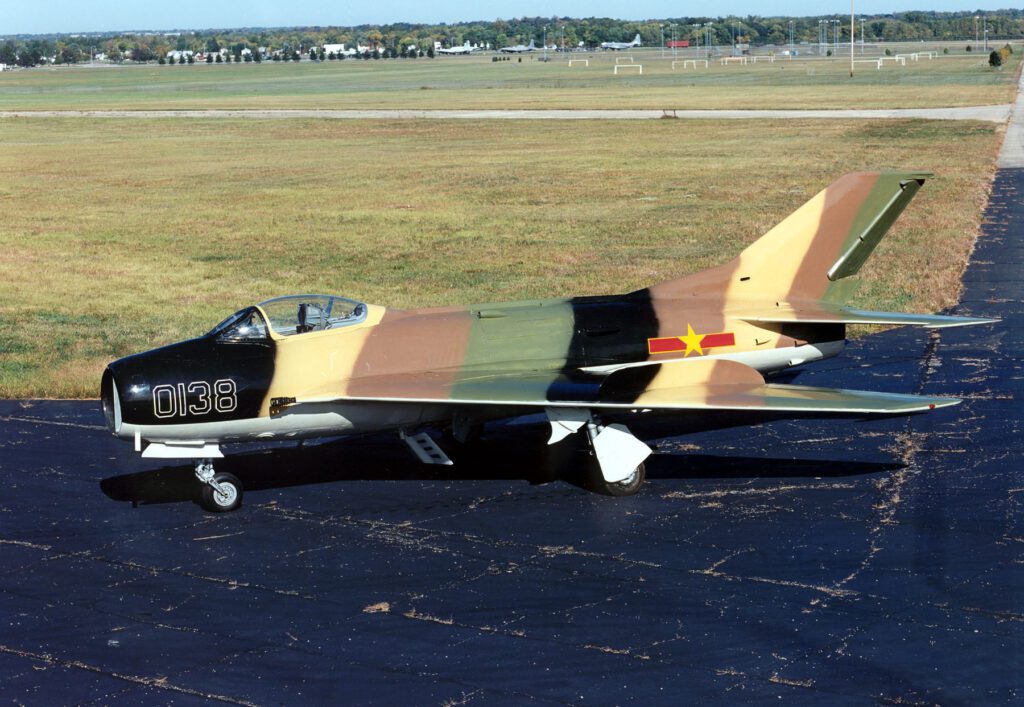
The Mikoyan-Gurevich MiG-19. More than just a name; it was a symbol of a significant moment in aviation history. We all know fighter jets, but this legendary aircraft was more. It was the Soviet Union’s bold leap into the supersonic age. In the early 1950s, the world was more tense than ever. The great powers were competing for air dominance. In the dark days of the prospect of a world war that threatened the human race, the Western world was leading the race. MiG-19 Supersonic Fighter was to be Moscow’s answer. It was an aircraft that would surprise but not frighten the free world. The Soviets caught up with the Western world but could not gain the upper hand.
The Dawn of Supersonic Flight in the USSR
When the capitalist nations began to demonstrate aircraft capable of supersonic warfare, the alarm was sounding for the Soviets. Soviet commanders said they needed a supersonic fighter jet. Working under intense political and military pressure, the design bureaus were finally able to do their job. The MiG-19 emerged as a direct result of this urgency. Its development was a major step forward for Soviet aviation, demonstrating its growing capabilities in aircraft design and engine technology.
Unlike its predecessors, the MiG-19 was produced with twin engines. How else could it break the sound barrier? These engines were the engines that opened a new era for Soviet aviation. The fashion for using a swept wing design continued. This wing design was a Soviet engineering technology that had been studied since the MiG-17.
More Than Just Speed: Role and Armament
Engineers designed the MiG-19 as a versatile fighter jet with supersonic capabilities. Its primary role was as an interceptor, tasked with defending Soviet airspace against enemy bombers and reconnaissance aircraft. To accomplish this mission, it was equipped with radar systems to detect targets and was armed with powerful artillery. Later versions even featured air-to-air missiles, further increasing its combat effectiveness. You don’t want to feel this aircraft behind you.
Since the day the MiG-19 entered service, it has increasingly expanded its place in the air forces.The MIG-19 has become the cornerstone of air defense. It has been widely exported not only to the Soviet Union but also to many countries affiliated with the Eastern Bloc. The plane has served in the air forces of countries in Eastern Europe, Asia and Africa.
Encounters in the Skies: MiG-19 Supersonic Fighter in Conflict
The MiG-19 has fought like a man in conflicts around the world. Like many Russian aircraft, it fought in the Vietnam War. North Vietnamese pilots flying MiG-19s engaged in aerial combat with technologically superior American aircraft. Although often outnumbered, the MiG-19s’ agility and speed surprised their American opponents, leading to some memorable aerial combat. Even when they were unable to gain superiority, they were able to make up for their technological shortcomings with agility.
Many Mig-19 variants were developed during its production period. Soviet engineers tried to make up for the aircraft’s shortcomings with small tweaks. Beyond that, pilots also used it for intelligence gathering thanks to its speed. This continued evolution has kept the MiG-19 on the table even as aviation technology continues to advance rapidly.
The MiG-19 Supersonic Fighter’s Impact
All air forces operating this aircraft have retired it. However, its stories in aviation history continue to be told.If you want to see the MiG-19, one of the iconic planes of the Cold War, you can go to museums.
Our series of articles examining the history of Russian warplanes will continue. Stay tuned.





